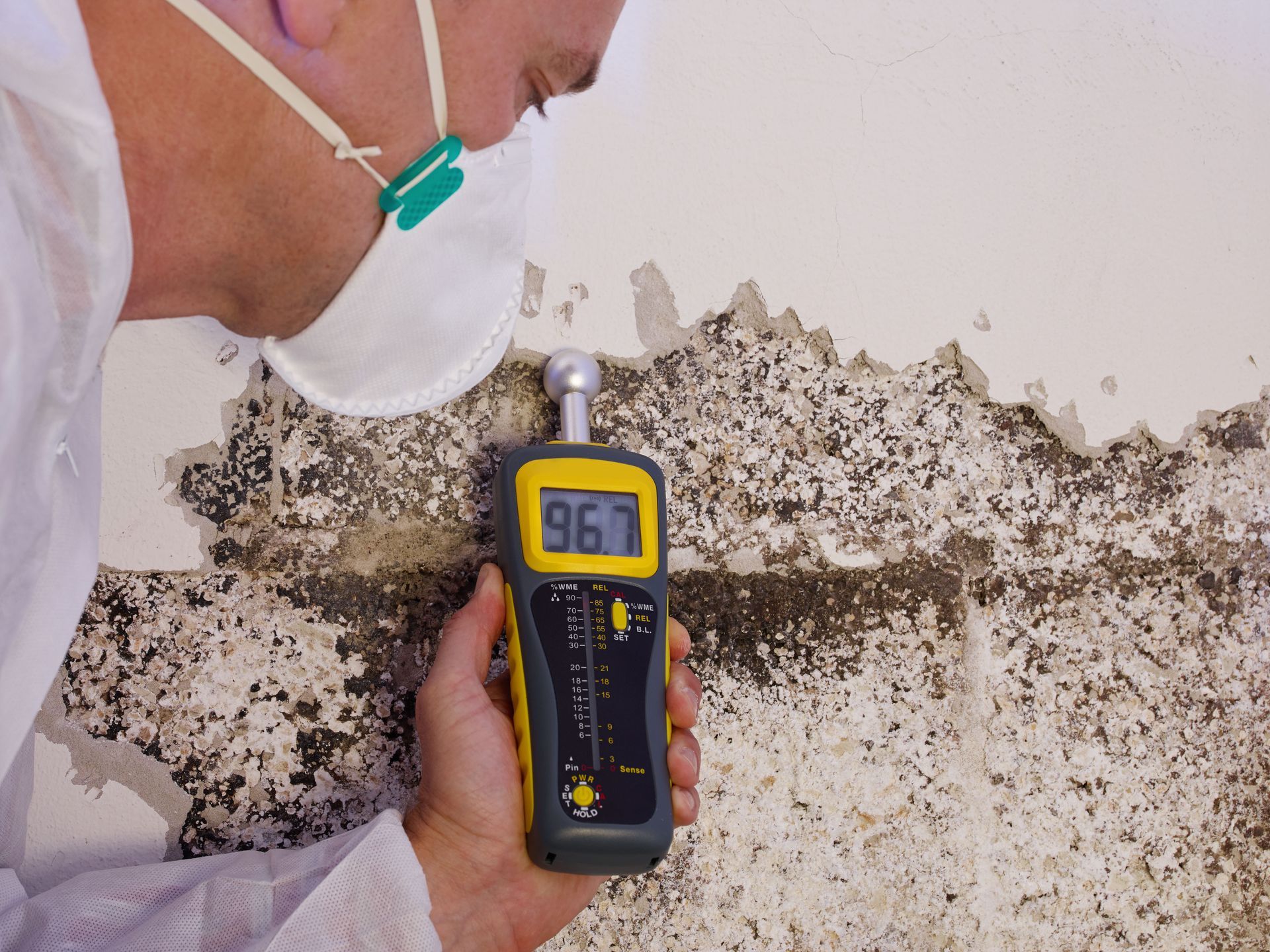Here's What You Need to Know About Asbestos
Asbestos is a kind of mineral fiber that can only be positively identified by a certain sort of microscope. Asbestos was formerly applied to various items to reinforce them and offer heat insulation and fire resistance. According to Comfy Living, up to 50% of all residences in the United States were built before 1980. Unfortunately, many of these residences were built with asbestos, resulting in asbestos-related health issues and cancers. Scientists have long known that asbestos fibers can cause cancer and other unpleasant, often fatal ailments when they become airborne and inhaled. Below are some important things to note about asbestos.
Asbestos-Containing Products Are Out There
Most everyday items do not contain asbestos. Those few goods that still contain them and can be ingested must be clearly labeled. Until the 1970s, however, many construction materials and insulating materials used in homes included asbestos. Products that may have included asbestos in the past include resistant floor tiles, door gaskets, cement sheets, and automobile brake pads.
Asbestos Is Still Legal in the United States
Following a comprehensive ten-year investigation of the consequences of asbestos, the U.S. Environmental Protection Agency ordered the phase-out of asbestos and the prohibition of several items containing it in 1989. The asbestos industry sued the EPA, and in 1991, the United States Court of Appeals for the Fifth Circuit overturned most of the EPA's standards. Since then, the EPA has been hampered in its efforts to outlaw asbestos and other hazardous compounds. More than 50 other countries have outlawed the mineral.
Asbestos Becomes Hazardous When Disturbed
Asbestos-containing products that may be easily crumbled or crushed with physical pressure are "friable." Friable asbestos can produce an aerosol and enter your lungs when you breathe, causing illness. Fibrous, fluffy, sprayed-on insulation, soundproofing, and fireproofing chemicals are examples of friable materials. Nevertheless, floor tile and roofing felt do not often release airborne fibers on their own. Asbestos-containing materials provide a risk when drilled, chopped, or disturbed. If you are remodeling your home, be certain that the work is done by trained professionals who adhere to tight criteria and safety rules. Do not try to remove asbestos on your own.
Asbestos Symptoms Can Take Decades to Arise
Asbestos can cause one or more cancer ailments in people who inhale microscopic asbestos fibers. Pulmonary fibrosis and mesothelioma are two common asbestos-related diseases. The more you are exposed, the more probable it is that you may get an asbestos-related ailment. Pulmonary fibrosis is a noncancerous, chronic, and often fatal respiratory disease caused by asbestos fibers. It scars the lungs, causing pain, breathing difficulties, and heart problems. Many people are unaware of their illness since these symptoms do not always show up until 40 or 50 years later.
Asbestos Remains in the Body Once Inhaled or Ingested
Asbestos, unlike many other poisons, cannot be "flushed out." Because asbestos fibers are tiny, they can pass through the lungs' natural filtration system and permeate the membrane covering the lungs and lining the chest cavity. Fibers can also be ingested and passed through the stomach. Unfortunately, due to their pointed, needle-like character, nothing can remove the fibers from the body. Wear the right respiratory gear and personal protective equipment while in contact with asbestos to protect yourself.
No Level of Asbestos Exposure Is Safe
The Occupational Safety and Health Administration reminds employers and employees that there is no "safe" amount of asbestos exposure to any asbestos fiber. Mesothelioma can be caused by even minor asbestos exposure. No quantity of asbestos exposure is safe, but the greatest consequences occur when a person is exposed to a high concentration of it or is repeatedly exposed over a lengthy period.
Asbestos Is Still Produced in Other Countries
Despite its health dangers, asbestos is widely used in construction in Italy, India, Greece, China, Canada, and Russia. Asbestos is still used and sold in many of these nations. Because of its inexpensive cost, asbestos has become common on construction sites in developing countries.
You Should Be Mindful of Asbestos in the Workplace
According to the Agency for Toxic Substances and Disease Registry, between 1940 and 1979, over 27 million employees were solely exposed to aerosolized asbestos materials. Over 1.3 million construction and general industry employees are in danger of asbestos exposure. Regulations have lowered the danger of exposure in the workplace, although many jobs still face some risks. Certain historically high-risk occupations still pose a significant risk of asbestos exposure today.
Asbestos is still legal, dangerous, and ubiquitous. Many Americans have been exposed to it, and many are at risk. If you believe you may have asbestos in your home or workplace, do not hesitate to contact ASAP Environmental Inc for an inspection.











Share On: